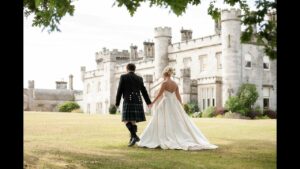The Witcher’s International Filming Locations That Will Steal Your Heart
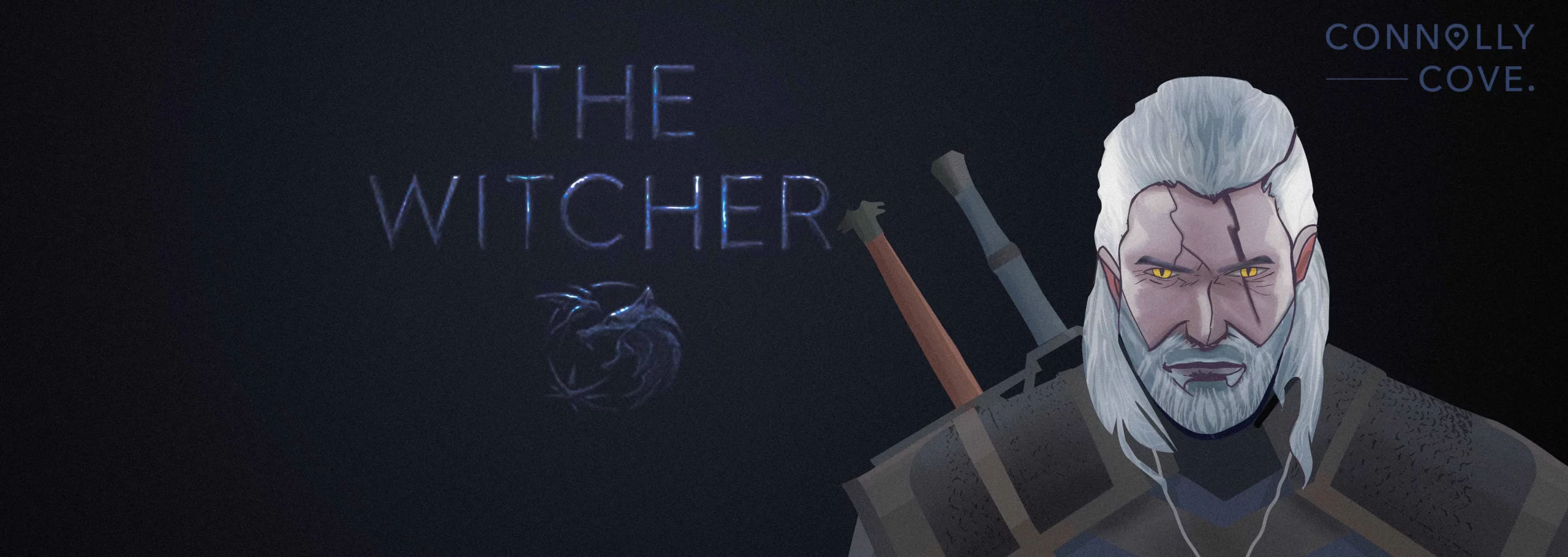
Updated On: November 08, 2023 by Aya Radwan
A lonely deer wandering around a lake was watering its thirst when the legs of a massive spider sliced through the sluggish water. The grunt of the fearless warrior battling the monster rang through the deathly-quiet forest. This dramatic scene presents the opening of The Witcher’s first episode; it’s also one of the multiple creations of the show designers at one of their filming locations in Hungary.
Andrzej Sapkowski’s The Witcher was translated into different languages worldwide, and the process of Arabic translation is underway. The series is one of the most globe-trotting productions to date; all three seasons so far were shot in different locations around the world. We tried to hop with the production team through these filming locations and explore them together.
The Witcher: Season One Filming Locations
The show’s writers drew inspiration from the second and third short stories of Sapkowski’s Witcher series, “Sword of Destiney” and “The Last Wish.” They stated that combining several stories served the world they intended to create to bring the author’s vision to life. The Witcher‘s first season’s shooting began in 2018, and the complete season was released by the end of the following year.
The Witcher books bring us uncommon worlds, exotic creatures, savage beasts, and incredibly-crafted locations. The show-makers decided to follow Andrzej Sapkowski’s sources of inspiration by choosing his homeland as a shooting location, among several other places around the European Continent.
Hungary
The Witcher shot the majority of its first season in Hungary and the Canary Islands. Hungary’s miscellaneous landscape served the show creators well in transferring us to the magical world of The Witcher. Throughout the show, the camera takes us from one mythical land to another, where some scenes are shot in different locations and sometimes in different countries.
Mafilm Studios
Geralt’s heroic encounter with the monstrous spider in the first episode near the town of Blaviken was shot in Mafilm Studios, the biggest Hungarian film studio. Most events that took place in Blaviken were filmed at Mafilm. Shot at the studios as well were the scenes outside Stregobor’s house. The interior of the house, however, is a digital replica of the overgrown cloisters inside a 13th-century small church in Budapest called Jaki Chapel.
Cintra’s Great Hall and the Battle of Marnadal
Budapest hosted many other scenes throughout the series. Origo Studios near the Hungarian capital hosted Cintra’s Great Hall, the home and ruling headquarters of Queen Calanthe, Ciri’s grandmother. For the exterior scenes outside Cintra’s Great Hall and within its walls, the show-makers shot outside Monostori Erod, or Fort Monostor, a 19th-century fort in Komárom.
The last part the production team shot around Budapest takes us to the dense forests in Csákberény, County Fejér. This location witnessed the Battle of Marnadal, where Queen Calanthe arrogantly led her cavalry to their end. Nilfgaardian forces outnumbered the Cintrans, instantly killing King Eist and wounding the Queen. However, Calanthe returned to Cintra and warned Ciri that she must find Geralt of Rivia.
Yennefer at Vengerberg and Aretuza
Yennefer is known as Yennefer of Vengerberg, where she grew up amongst bullying and cruel treatment from her own family. Vengerberg is the capital of Aedirn, and the production chose the Hungarian Open-Air Museum, also formally known as the Szentendre Skanzen Village Museum, to bring Vengerberg to life. The village museum possesses all the elements of a typical agricultural village, besides a small church and bell tower. This distinctive design is a reflection of Carpathian architecture.
When Yennefer makes the unholy deal of trading her fertility for a new body, she surprises everyone at Aretuza with her new self in the Great Hall. This scene took place at Kiscelli Museum, which you can find in an old monastery in Obuda. The Northern Mages’ conclave, where the mages and sorceresses gathered to vote on either fighting for or opposing Nilfgaard, also took place at the museum. The museum currently serves as Budapest’s Modern Art Museum.
The Djinn and the Dragon Hunt
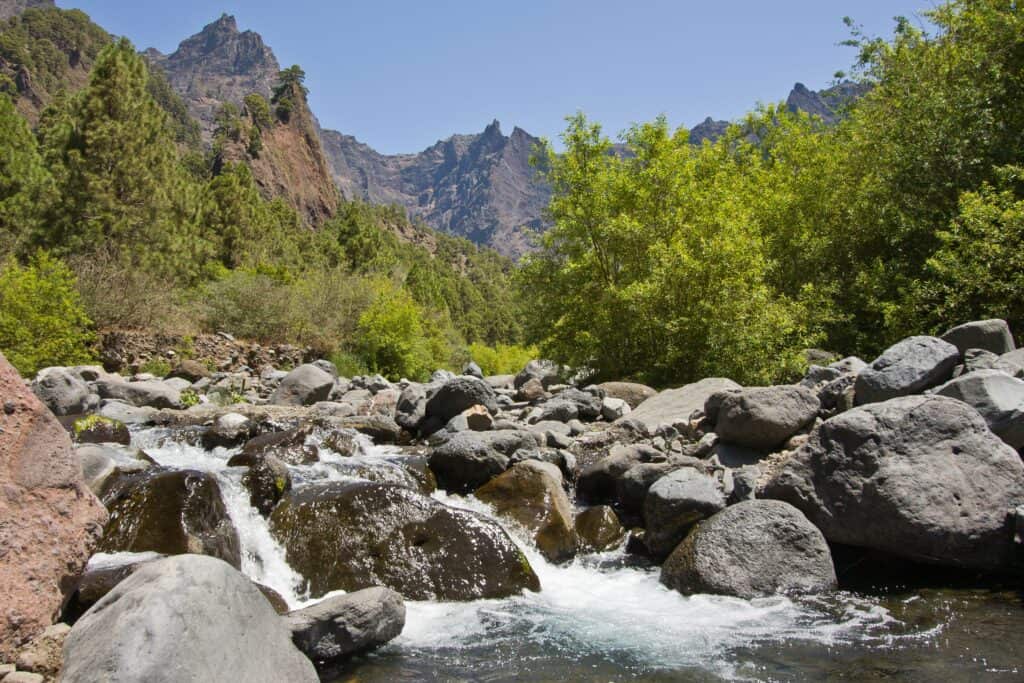
On one of Geralt’s and Jaskier’s expeditions, Jaskier finds an odd-looking bottle in a lake and unintentionally releases a Djinn. Jaskier then falls terribly ill, and when Geralt seeks help, they are recommended to seek Yennefer. However, after Yennefer manages to cure Jaskier, greed blinds her eyes, and she seeks the Djinn’s help to regain her fertility. She performed the sinister ritual of summoning the Djinn at a 14th-century Hungarian castle called Tata Castle by Lake Öreg.
It took some time for Geralt to realise he was the Djinn’s master and not Jaskier; hence he uses his last wish to set the creature free and save Yennefer’s life. Yenn, however, deems Geralt wrong in interfering, and they fall apart. Years later, when they meet again, each of them is on a separate team in a dragon hunt. Despite the majority of the dragon hunt being shot at Las Palma in the Canary Islands, the dragon’s cave is the northwestern Hungarian cave, Szelim Cave.
In the seventh episode, we see the last Hungarian filming locations, where Yennefer comes across a Nilfgaardian digging location in Nazair. The troops were digging for a megalith, a remanent that resulted from the spheres’ conjunction in the old times, and these priceless stones carry prophecies of the future. The digging site featured in the episode is a Bauxite Mining location in a geological park in Gánt, County Fejér.
Poland
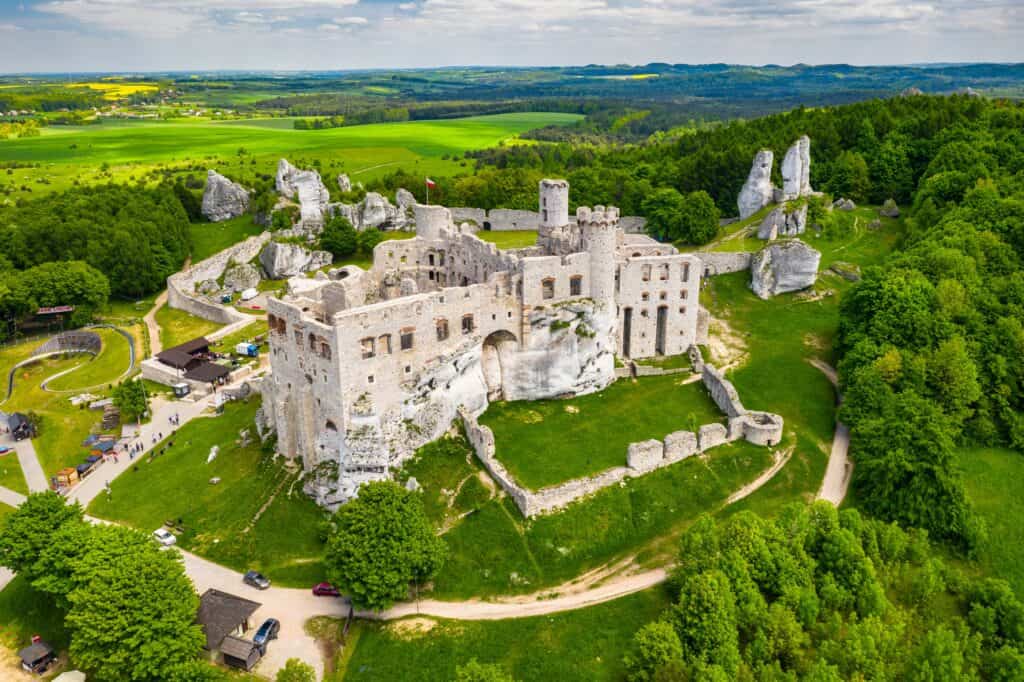
Ogrodzieniec Castle, a 14th-century medieval castle in the Polish Jura region in southern Poland, served as the location of the flaming Battle of Sodden. The epic battle of the show finale showed Yennefer subconsciously tapping into the forbidden fire magic and attempting to save what remains of her fellow sorceresses, mages, and those remaining of the Northern Kingdoms’ army. If you visit the castle at night, since it’s open to the public, repeated howling and chain-clanking will make you shiver. The howling belongs to the Black Dog of Ogrodzieniec, an urban myth that says the dog is the incarnation of the castle’s castellan Stanisław Warszycki.
The Canary Islands
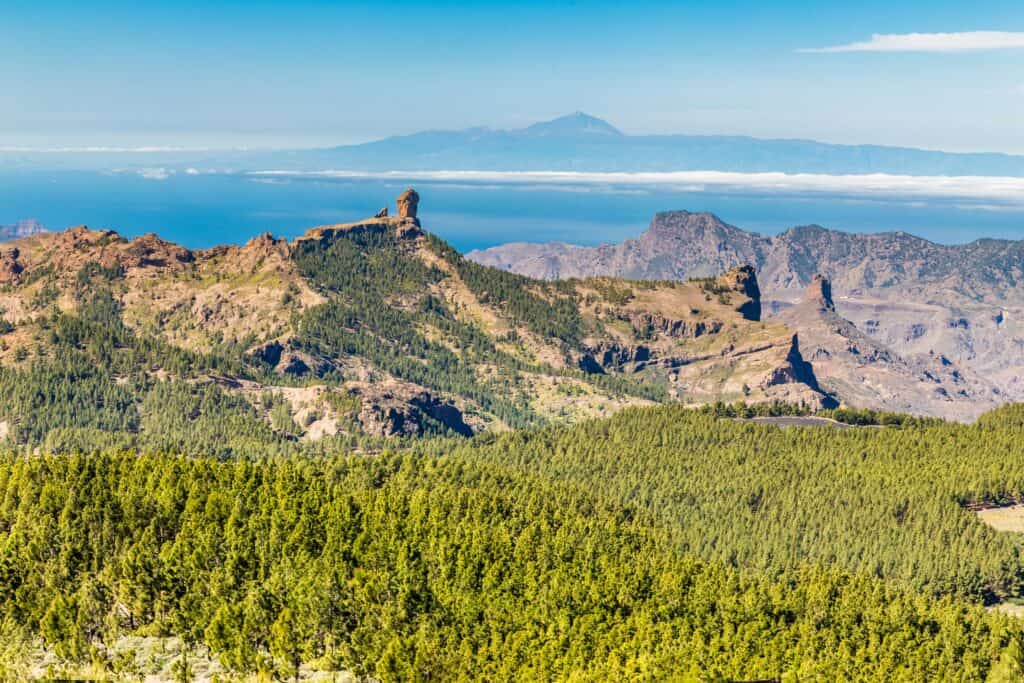
The Canaries’ outstanding nature served as shooting locations and inspiration backgrounds for the designers to cast digital magic over them and create new locations in the story. The third largest of the islands, the Grand Canaria Island, is where Geralt and Jaskier the bard travelled through several parts of the story.
Grand Canaria Island also hosted the assassin’s hot pursuit of Yennefer, Queen Kalis of Lyria, and her daughter. Although Yennefer attempted her best by opening one portal after another, fighting the soft desert sand of Maspalomas Beach, rocky Roque Nublo, she eventually lands on the black sand of Guayedra Beach, with the Queen’s daughter lifeless in her arms.
After Ciri ran away from Cintra and met Dara in the forest, they resumed running from the Black Knight and the Nilfgaardian troops. On their way, they encounter Eithne, the Dryad Queen, in the Brokilon Forest. These scenes took place in the dense and enchanting forests of Las Palma.
Locations the show designers used for inspiration include the rocky island of Roque de Santo Domingo, in Las Palma, where they used digital magic to create the Continent’s most potent location, Tor Lara, or Aretuza’s Magic Academy.
Austria
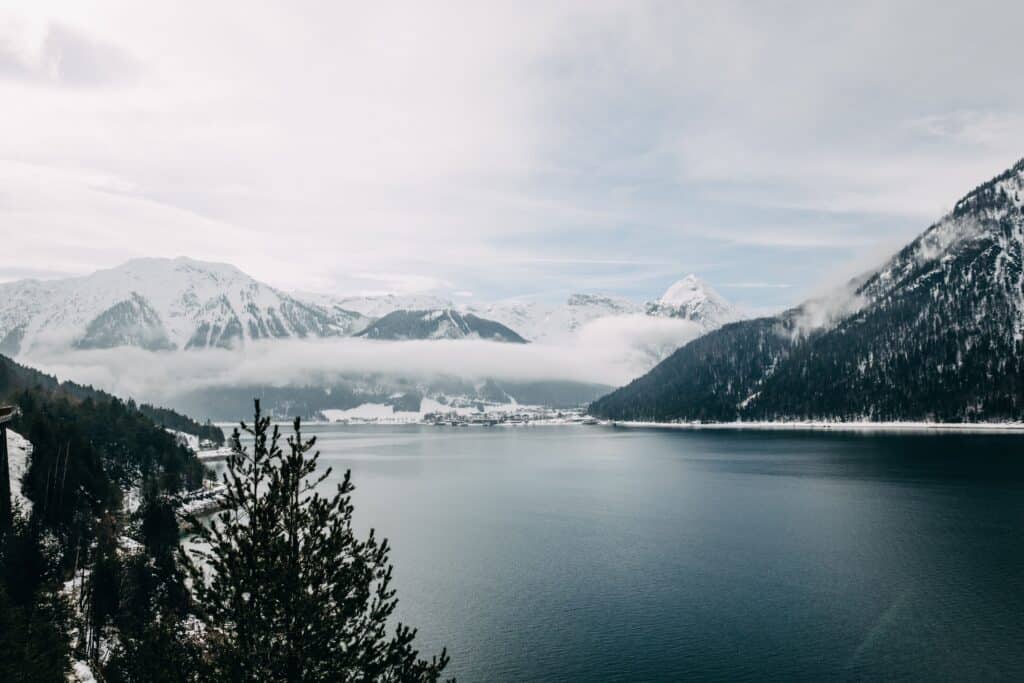
When the filming crew reached Austria, they chose the Kreuzenstein Castle near Leobendorf to emulate the exterior of Vizima, one of the Northern Kingdoms. The Wilczek family rebuilt the castle in the 19th century using stones from ruined medieval castles from all over Europe. King Foltest of Temeria lived in Vizima and begged Geralt to rid him of the Striga that haunted the city every full moon. However, the violent fight between Geralt and the Striga, whom he learns is Foltest’s daughter, was filmed back in Budapest.
The Witcher: Season Two Filming Locations
Due to strict travel and gathering restrictions imposed worldwide to counteract the effects of the COVID-19 pandemic, season 2 of The Witcher didn’t get to travel much. Per travel restrictions, the show-makers opted for filming in Cumbria, a county in North West England that shares a border with Scotland. Additional scenes were filmed in the studio, utilising the skills of the show designers and the magic of the green screen. The fascinating part is when you watch season 2, you get transferred to new magical locations in the story; you’d never imagine these locations aren’t real.
Cumbria
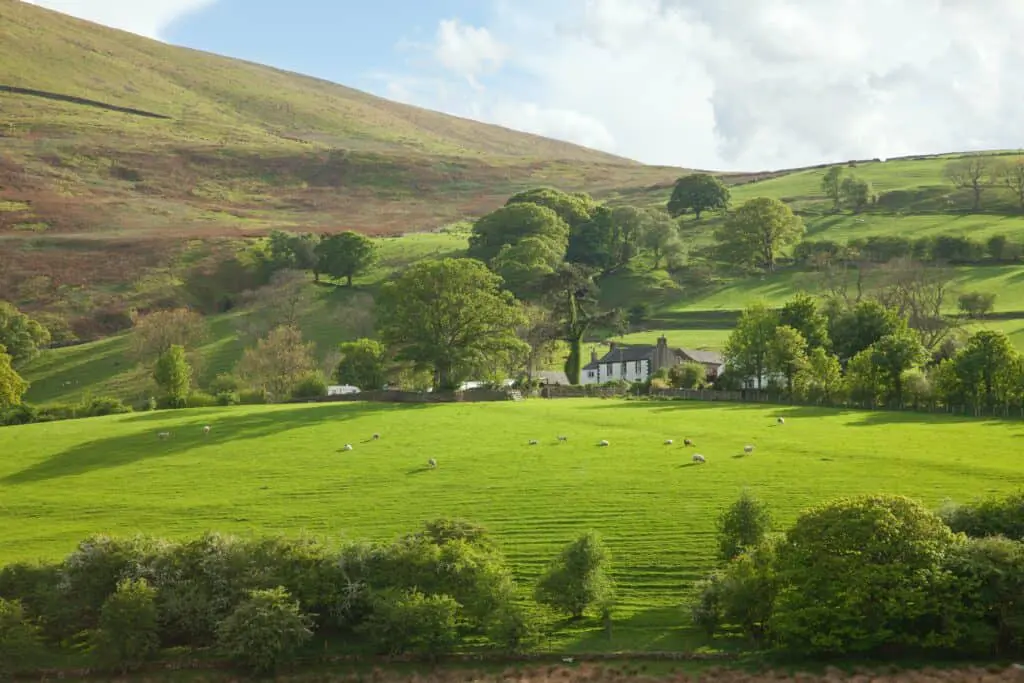
Cumbria provided the ideal backdrop setting for the story to continue. Several locations around the county, such as the Lake District, Rydal Cave and Water, Hodge Close Quarry Lake, and Blea Tarn, were all locations that further authenticated the fictitious tale. The narration moved between these locations back and forth as the characters and the plot evolved.
Hodge Close Quarry Lake and Cave served as the location where Witchers lay their dead to their final destination. Geralt saved Vesemir from Eskel, who turned into a Leshy monster and attempted to kill everyone at the keep and sought revenge from Geralt. To show us the destiny that awaits a dead Witcher, Geralt and Vesemir carried Eskel into the cave at Morhen Valley, or Hodge Close Quarry Cave, and placed his body on a small stone circle.
Arborfield Film Studios
The show designers used the rocky Old Man of Storr trail on the Scottish Isle of Skye to inspire Kaer Morhen or the Witcher’s Keep. All scenes that took place inside and on the outskirts of the keep were filmed in Arborfield Film Studios, just outside London. The designers built the desired keep inside the studios. The brutal training course where Ciri repeatedly struggled to prove herself to Geralt’s fellow witchers was filmed at one of the British Army’s military bases near Camberley.
Yorkshire
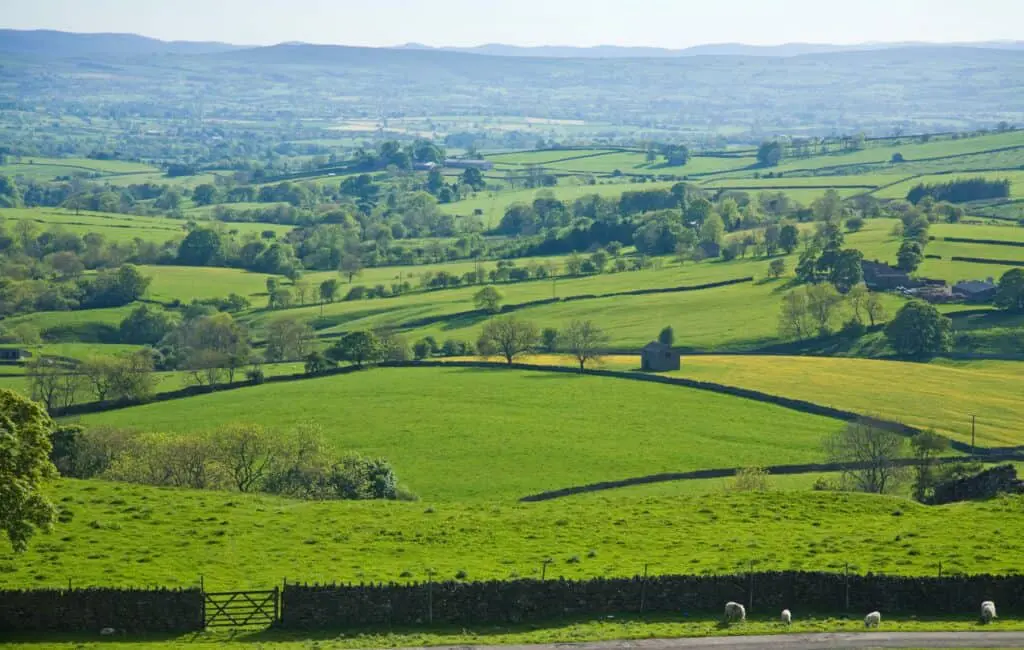
We all remember how our hearts thudded when a spider-like monster chased after Ciri and came close to her, almost as if the beast tried to communicate with her. The small waterfall around which the monster chased after Ciri is a small waterfall at Gordale Scar in the National Park of Yorkshire Dales. That wasn’t the only creature that pursued Ciri. The winged monster that meticulously aimed at her from above was slain at Plumpton Rocks, a rocky 18th-century park in North Yorkshire, which the filming crew stumbled upon during their time in Yorkshire and decided it was most suitable for the scene.
Fountains Abbey, the 12th century ruined Cistercian monastery, hosted the chaotic scene where Yennefer of Vengerberg was to behead Cahir and redeem herself in front of her community and the leaders of Northern Kingdoms. Instead, Yenn saves Cahir, wreaks havoc, and causes a massive fire to disrupt the crowds as they run away.
Scattered Locations and Digital Magic
Several more locations around the UK served as filming locations, such as Coldharbour Wood in West Sussex, where the Elven Village hid. The wake of the Battle of Sodden took place at Bourne Wood in Surrey. On Yennefer’s and Ciri’s way to Cintra, Ciri faces an unexpected test where she must concentrate and magically build a bridge for them to cross to the other side of the river. This river scene takes place in the Low Force Waterfall in County Durham.
The site of the broken monolith outside Cintra, which Ciri confesses to Geralt she broke when she attempted to escape from the Black Knight, or Cahir, in the first season, is a protected conservation location called Frensham Common in Frensham, Surrey. We got a full view of the location when Geralt and Istredd visited it to pinpoint the reason behind the new emerging monsters and their particular hunt for Ciri.
Even though they couldn’t travel, the show designers used global locations for inspiration to complete the world of the Continent. Such locations include Sighișoara in Romania, which served as the backdrop of Redania’s capital, Tretogor. This region looks like a fairytale in real life, and the few touches of digital magic brought the new capital to life.
Another imposing monument the designers used for inspiration was Alhambra Palace in Granada. The majestic palace became the exterior of the Temple of Melitele, where Geralt takes Ciri to seek help in controlling and mastering her magical skills. However, a studio set was built for the temple’s interior. At the same time, the moment Geralt and Ciri arrived outside the temple was shot back in Lake District.
Where is Season 3 of The Witcher Being Filmed?
As the bleak fate of Geralt, Siri, and everyone on the Continent looms ahead, the new season of The Witcher got back to trotting the world again. The show-makers have announced that in addition to shooting in several locations around the UK and Wales, such as in Surrey and Longcross Studios, The Witcher will take us to exotic places such as Morocco, Italy, Slovenia, and Croatia this time.
We’re most excited to learn about the new filming locations when The Witcher’s new season comes out this year, and you bet we will be right here exploring these new locations as well.





